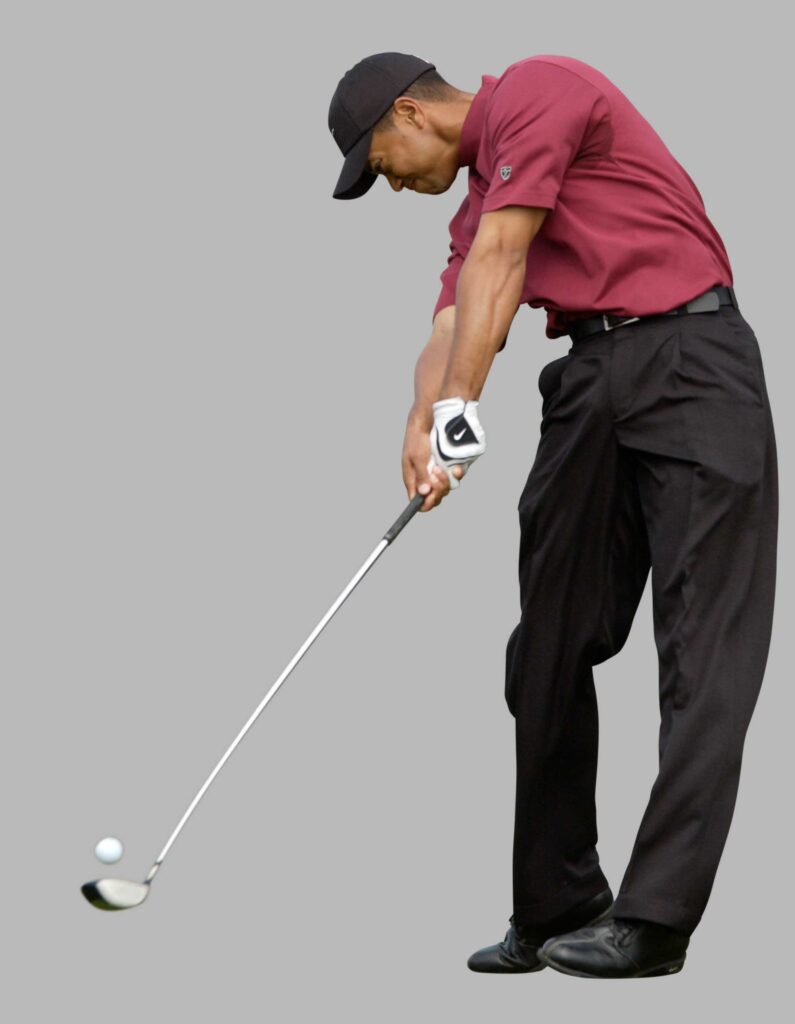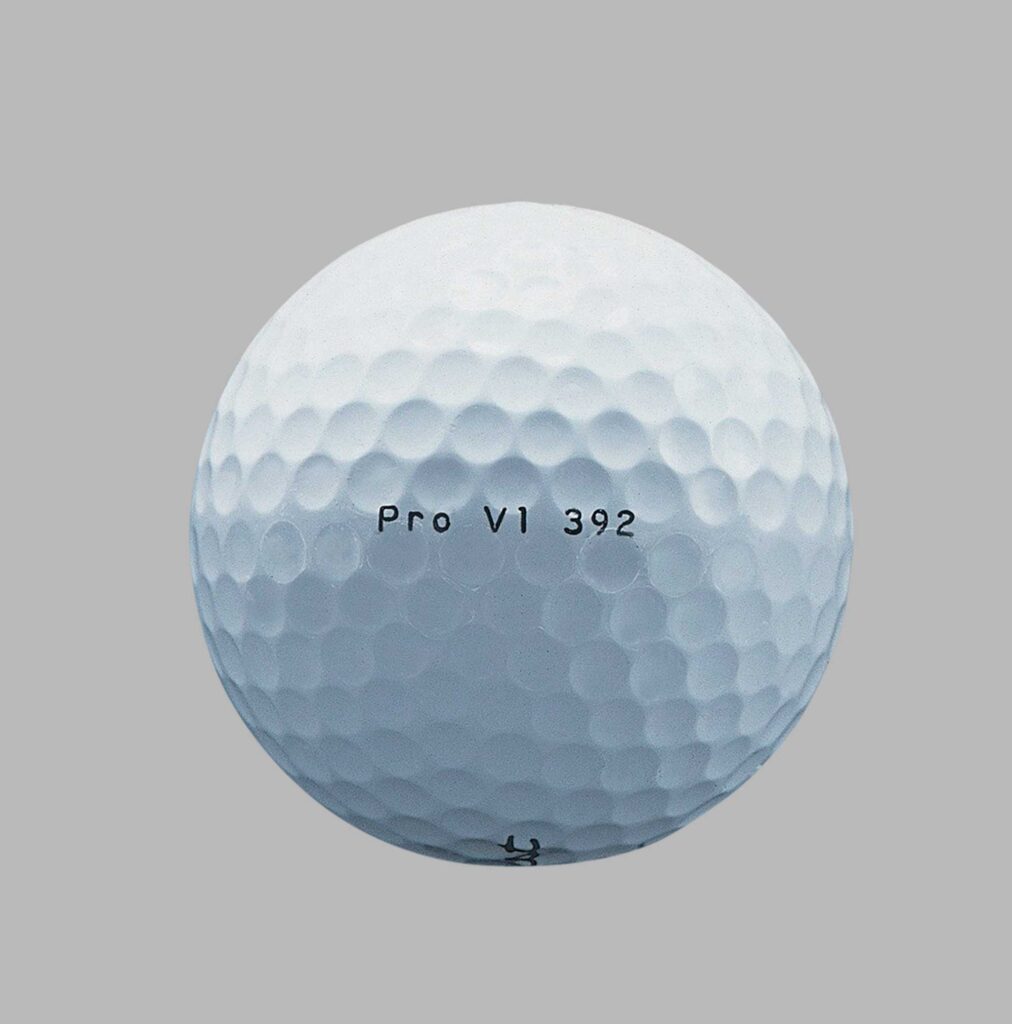A proposal to roll back the golf ball at the elite level has been along time in the making.
Golf’s distance debate is not new. In fact, pros and everyday golfers have been questioning the length the golf ball goes for more than half a century. The recent proposal by the R&A and USGA to roll back the distance the golf ball goes for players at the elite-competition level was not spurred by one moment in time but rather by the cumulative effect increased distance has had on the game. Here’s a look at some of the more seminal moments that have led to this tipping point.
1972
Spalding introduces the two-piece Top-Flite distance ball.
1976
The USGA’s “Iron Byron” robot measures golf balls’ initial velocities and distances. Struck at 109 miles per hour, balls must travel no farther than 271 metres (296 yards).
1979
TaylorMade introduces the first commercially viable metalwoods.
1984
The USGA adds “spring-like effect” language to the Rules of Golf.

1988
For the first time, metal drivers outnumber persimmon drivers on the PGA Tour.
1990
The Open Championship is played at the Old Course at St Andrews at a length of 6,340 metres (6,933 yards).
1992
The longest recorded drive on the PGA Tour is 340 metres (372 yards) by Mark Calcavecchia in the first round of the NEC World Series of Golf in Akron, Ohio.

1997
Tiger Woods wins the Masters by overpowering Augusta National. He hits pitching wedge into the par-5 15th for his second shot during the final round and requires only a 9-iron to reach the par-5 second green during the third round.
1998
New USGA president Buzz Taylor says the skill of pros combined with high-tech equipment “threaten obsolescence of many of golf’s historic venues”. At the US Open, the USGA says it is developing a test for “trampoline effect”.
1999
Chris Smith hits the first recorded 400-yard drive on the PGA Tour: a 427-yard (390-metre) bomb at the Honda Classic in Palm Beach Gardens, Florida.

2000
Tiger Woods changes to the Nike Tour Accuracy, a multilayer, solid-core ball with a urethane cover, and wins seven of his next nine events. Titleist introduces the Pro V1 – its first multilayer, solid-core ball with a urethane cover. Within two weeks more than 100 tour pros are playing multilayer, solid-core balls with urethane covers. The average driving distance on the PGA Tour is 272.7 yards (249.4 metres). John Daly leads at 301.4 yards (275.6 metres).
2002
Augusta National adds more than 260 metres by extending half the holes in what is dubbed “Tiger-proofing” the golf course. The R&A and USGA release a Joint Statement of Principles that puts distance firmly in the crosshairs of future regulation: “Any further significant increases in hitting distance at the highest level are undesirable.” Twenty-one players break the 400-yard barrier, including David Duval, with a 454-yarder (415 metres).

2003
TrackMan – a Doppler-radar-based launch monitor, helps optimise the launch conditions of professional golfers. Average driving distance on the PGA Tour surges to 285.9 yards (261.4 metres). Hank Kuehne leads at 321.4 (293.9 metres). Nine players average 300 or more.
2004
The R&A and USGA implement rules restricting clubhead size to 460 cubic centimetres and COR (a measure of face springiness) to .822 with a test tolerance of .008.
2005
The USGA sends an e-mail to ball manufacturers soliciting prototype balls that fly 15 to 25 metres shorter than current limits.
2006
The Ohio Golf Association conducts a tournament that requires participants to use a ball made to carry 10 to 15 metres shorter to highlight the burden on facilities to lengthen their courses.
2011
Average distance on the PGA Tour eclipses 290 yards for the first time. Five players top 310 yards, and 21 players average more than 300 yards. More than 100 players have an average of more than 290 yards.
2018
After a period of slow to flat distance increases, the PGA Tour average leaps from 290.0 in 2016
to 296.1 (270.8 metres) in 2018. Sixty golfers top the 300-yard mark.

2021
Bryson DeChambeau attempts to clear a lake to drive the 507-metre par-5 sixth hole at Bay Hill during the Arnold Palmer Invitational. He had the distance (338 metres) on one drive but was wide of the target.

2022
The Old Course at St Andrews measures 6,687 metres (7,313 yards) for the Open, nearly 350 metress more than in 1990. Seventy-seven players hit drives of 400 yards or more on the PGA Tour, and 723 tee shots travel 375 yards or more. Average driving distance hits an all-time high of 274.1 metres (299.8 yards). Drives of more than 293 metres/320 yards – the USGA test limit – account for nearly 20 percent of all measured tee shots.
2023
The R&A and USGA announce a proposal for a Model Local Rule that can be applied in elite competitions starting in 2026. The proposal would effectively roll back the distance the golf ball travels by 15 to 20 metres. The proposal would not impact everyday golfers.
woods: j.d. cuban; club: taylormade; ball: robert beck/getty images; trackman: rob carr/getty images;
st andrews: david alexander/getty images dechambeau: mike ehrmann/getty images
